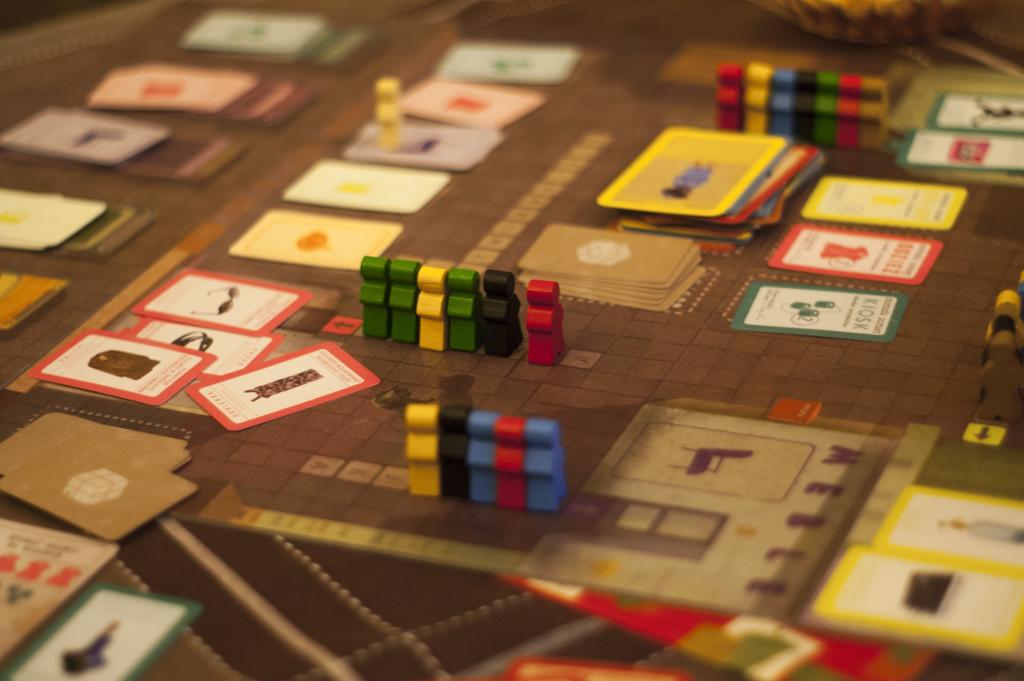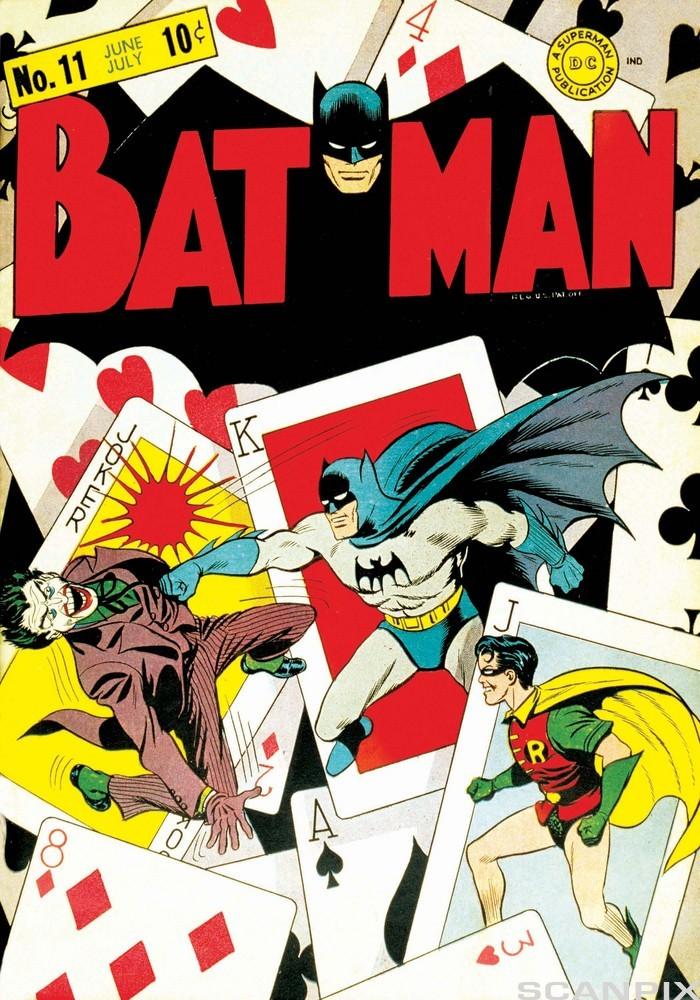
Board Game

Create a board game in which the game pieces represent the characters and the board shows the plot sequence or main events of the novel. The game must include rules and be playable. You might want to consider games like Monopoly, Brainstorm or Clue to get some ideas.
Trailer
Movie previews always offer a quick sequence of the highlights in the movie to lure us into watching it. Having read a novel consider which moments you would include in a movie preview. Make a storyboard or narrate the scenes for your trailer. You might want to produce the trailer as well.
Act Out or Dramatize
Use puppets or finger puppets representing the main characters in the novel and act out the plot of the entire novel. Think of the setting when staging your play.
Dramatize a scene from the story with other students. You can also use puppets or the digital programme.
Radio Program
Choose a character from the novel and make a radio program where you interview her/him. Include music and and other prompts to make it real. You might even consider questions from your listeners. Work in pairs/groups and use a programme like "Audacity" to record it.
Talk Show
Host a talkshow. Students play the host, author, and cast of characters. Allow questions from the audience. You might want to record the show.
Digital Collage
Create a digital collage using words and images representing the entire novel, e.g. the main characters, major events, turning point, setting and themes.
Comic Book

Re-write the entire novel in comic book form. Do not change the story and remain true to descriptions of characters and setting.
Alphabetical Significance
Use the alphabet and write a word (noun, verb, adverb, or adjective) that is relevant to the book for each letter. Write at least one sentence explaining the significance of the different words.
Quotations
Choose a character from the book and select at least eight quotations from the text revealing the character’s personality. Explain what each quotation reveals about the character. Include which page the quotation is taken from. Write a characterization of this person including at least two of the quotations in your running text showing that you know how to quote.
Brochure
Create a brochure or pamphlet with drawings, pictures and text that advertise or promote something in the novel. Use Publisher templates or equivalent.
Letters
Write a series of letters or chat messages that two main characters in the novel might have written to one another during the course of the novel.
Newspaper or Magazine

Create a newspaper or a magazine based on the book you are reading. Consider the different genres found in these kinds of publications and make sure they are included in yours. Use Publisher templates or equivalent.
Crosswords
Make a crossword puzzle using words from your novel. Include character names, setting, and main ideas or terms from the book.
Obituary
Write an obituary or a eulogy for one of the characters in the novel. Give all the important information such as birthplace, schooling, accomplishments, career and family. Consider how this person would have wanted to be remembered?
Book Café
Time required: A double lesson.
The goal of this exercise is to study various characters in the novel. This is done by arranging the classroom into a "book café". Arrange the desks in groups and make it look like a café. The characters (students) are invited to drink tea and chat with the other characters (students). By taking a character's point of view and by chatting with the other characters, the students get the opportunity to explore the novel.
Step by Step
Step 1: Assign a character to each student. If we use Jane Austen's Pride and Prejudice as an example, the following characters might be considered: Elizabeth Bennet, Mr. Darcy, Mr. and Mrs. Bennet, Elizabeth's four sisters, Charles Bingley, Caroline Bingley and Mr. Wickham.
Step 2: This involves exploring relationships. To create meeting places for the characters, we go to the "book café". Here the students are going to find out more about "their" character and this character's relationship to another character in the novel (e.g Elizabeth vs. Mr. Darcy). The teacher decides which relationships should be explored.
Instructions to teacher
- Decide which relationships in the novel that you want the students to explore (e.g. Elizabeth vs. Mr. Darcy, Mrs. Bennet vs. Elizabeth, Mr. Darcy vs. Mr. Wickham and so forth). Each student is assigned a character and a relationship with one other character.
- Make arrangements with your students before you start, to make coffee/tea, make name tags (Elizabeth Bennet, Mr. Darcy and so forth), and arrange tables and chairs in groups. Place labels or name tags on the tables - one character's name on each table.
- Part One: For 30 min. all the Elizabeths, should be seated together, all the Mr. Darcys together and so forth in order to explore "their" character and make questions for their counterparts (the relationships that you want them to explore) on a sheet of paper.
- Part Two: Welcome all "the characters" by checking their name tags and their tickets, i.e. the questions they are going to ask their counterparts, and lead them to the correct table. At least one representative of each character will always be at that character's table in order to answer questions.
- Each character poses questions to the character with which they are matched and he/she tries to answer the questions. Spend approx. 30 mins. Each group (e.g. all the Elizabeths) should be prepared to sum up in class how talking to the different characters has contributed to "her" understanding of "herself".
- Sum up in class and discuss if the café in any way contributed to further understanding of the characters and their motifs.
Instructions to students
You are going to explore the characters in the novel by acting out conversations in a book café. Your teacher will assign a character to each of you, and you will meet your counterpart for a conversation to find out who did what and why.
Part One: Preparation
- Bring a sheet of paper with your character's name on it.
- Bring a name tag
- Your role will be one of those listed below. On your sheet of paper write down key words concerning your own character. Also write down key words concerning the character listed in parenthesis (the character will be assigned by your teacher). Finally, write down five questions that you would like to ask this character. The questions should deal with conflicts or issues in the novel.
Pride and Prejudice (an example)- Elizabeth ( vs. Mr. Darcy)
- Mr. Darcy (vs. Mr. Wickham)
- Mrs. Bennet (vs. Elizabeth)
- and so forth
Your Ticket
The sheet of paper with your questions to your counterpart will be your admittance to the café.
Part Two: At the café
Your teacher will organize the acting out of the converations in one of your English classes. It is essential that you use your imagination to identify with the characters.
Evaluation of Student Work
Contrary to classical written or oral reports and presentations, it might be difficult to evaluate multimedia presentations, e.g. a cartoon or a radio show. Before making presentations, you should examine some criteria for good multimedia presentations and evaluation criteria together with your students. Together you may consider which criteria you find essential and make an evaluation form to hand out. When their fellow students perform, the class can then tick off their evaluation on the form.
When working with their assignment, students should write notes where they reflect over their work and the choices they make. This provides a better basis for evaluating their work, and if it is group work, to consider each student’s contribution.
We have suggested multiple ways to work with a novel. Book cafés, making brochures, board games and film trailers could be a good way to prepare students for doing final reports, essays and analysis work.
Sources
Daria Plumb: Teaching a Love of Reading
Weta: 103 Things to Do Before/During/After Reading
Scholastic: 25 Book Report Alternatives
Jørn Hoelstad Pettersen: Eksempelopplegg roman